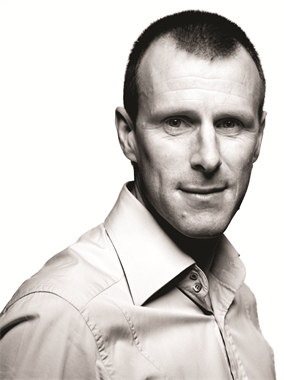Mindfulness for Women – How to declutter your mind, simplify your life and find time to ‘be’

Multiple demands, too little time, the juggling act to do it all – and be it all – means that women are under unprecedented pressure. The authors of Mindfulness for Women, Vidyamala Burch and Claire Irvin, know from experience that adopting the simple practices at the heart of mindfulness can help busy women from all walks of life to feel happier, less stressed and more content. Here they share their thoughts and a ‘taster’ exercise.
Given your already lengthy to-do list, you’re probably thinking, how on earth can mindfulness make me calmer – and what is it precisely anyway?! It is perhaps easiest to think of mindfulness simply as an ability to be quiet, calm and still in your inner and outer worlds. It is as if you are sitting on a ledge behind the waterfall of life, still and calm, rather than having the waterfall crashing on your head and sweeping you helplessly away. Yes, the waterfall (life) is still pouring endlessly by, but you are no longer at its mercy. On that ledge, you are in control. You can learn to look ‘at’ your thoughts, not ‘from’ them. You can learn to be still and calm in your body. You can learn to ‘respond rather than react’ to what life throws at you, and that is the key to finding a sense of calm and happiness.
The good news is that you can be mindful at any time, in any place. It is only a breath away. The best way to get a sense of mindfulness is through experiencing it directly. Here is a short exercise that will give you a taste of mindfulness right now. You can go through it on your own after reading the description or you can access a guided audio version on the Mindfulness for Women website: www.mindfulness4women.com
Exercise: A taste of mindfulness
Get yourself into a comfortable posture. You can be sitting or lying down, it’s up to you. Relax for a moment to allow yourself to settle. Now, notice how your body feels. What physical sensations are you experiencing at this moment? Maybe you feel pressure between your bottom and the chair you’re sitting on or the floor beneath you. What does this feel like? For a few moments, just be open to any sensations in your body, experiencing them with an attitude of kindly curiosity.
Now take a moment to listen to any sounds you can hear. Observe their quality, register and volume, and how you instinctively respond to them. You may feel an urge to try to identify where they are coming from, but try to park that for a moment and instead simply notice the sounds as sounds. Your mind might also ‘fly out the window’ towards the sounds. See if you can let the sounds come towards you instead, keeping your awareness inside your body as the sounds flow in through your hearing sense. If you’re in a very quiet environment, then notice the silence.
Now notice your breath. What does it feel like? What parts of your body move as you breathe and how many different movements can you feel? See if you can rest your awareness ‘inside’ the movement and sensations of breathing, rather than observing them as an onlooker. Is it pleasant or unpleasant to inhabit your breathing in this way?
Now allow your awareness to focus on your emotions. How would you describe how you are feeling overall? Are you happy, content, sad, irritated or calm – or is it hard to be entirely sure what you are feeling?
Take note of any thoughts that pass through your mind. Ask yourself, what am I thinking? Rest your attention on your thoughts for a few moments: see if you can look ‘at’ your thoughts as they flow through your mind rather than ‘from’ them.
Now spend a few moments resting quietly as you allow your awareness to rest inside the sensations and movements of the breath in your body; and any thoughts, sounds and feelings as they come and go. There’s no need to look for a special experience. Simply notice what is actually happening, moment by moment.
OK, so this may not have been the most extraordinary of experiences, but, if you have engaged with this exercise to any level, congratulations – you have just had your first experience of mindfulness, and have started your journey towards enhancing your awareness of life. The implications of this are immense. It means you can move from ‘autopilot’ – being driven by habits as you drift from one thing to the next – to experiencing life as a stream of creative possibilities and choice.



